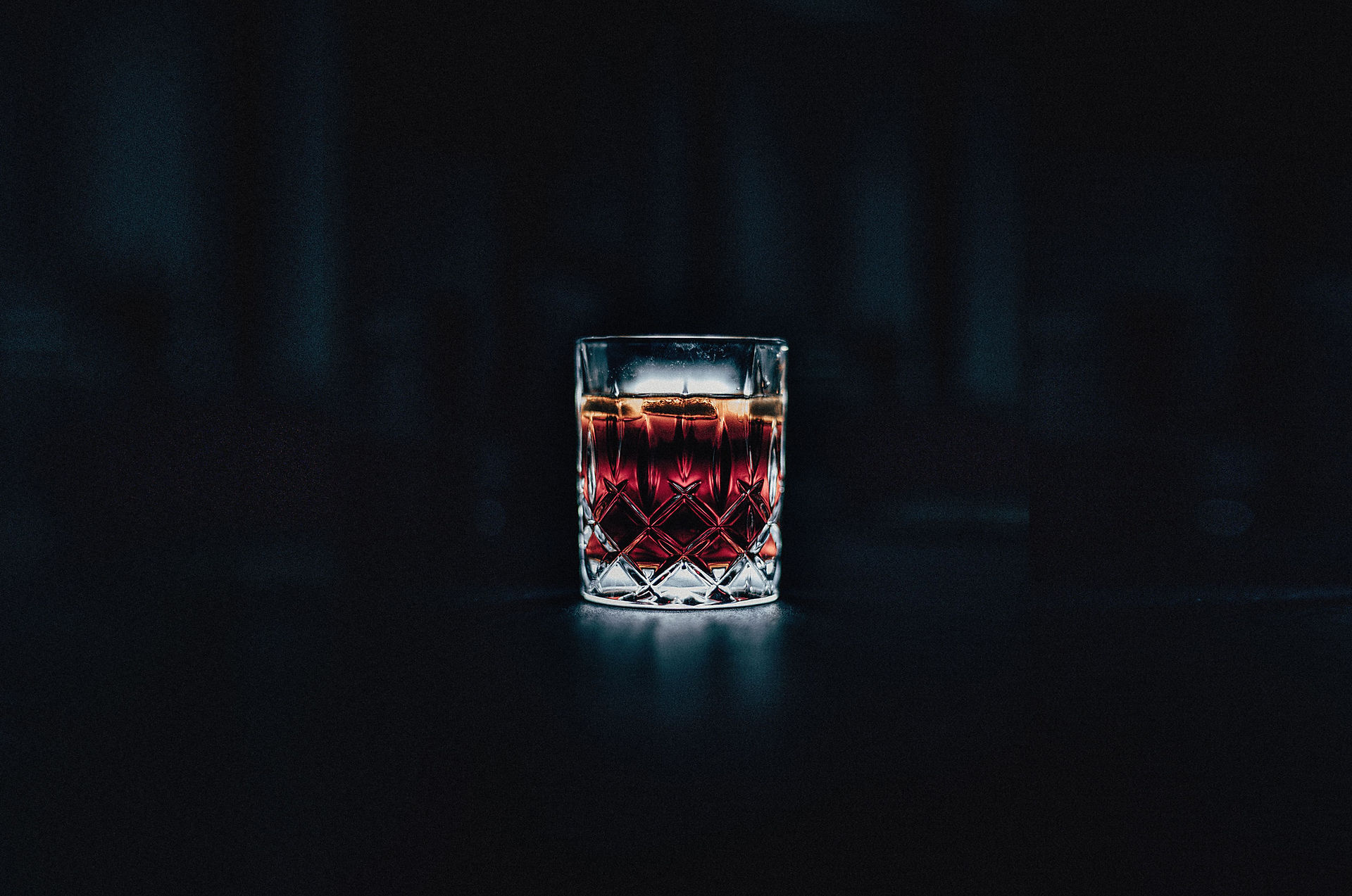RIDICULOUS FOOD - CENTURY EGG – CHINA
- John Boccellari
- Mar 20, 2018
- 3 min read

Photo: surtr
The Century Egg isn't really a century old, but it as you can tell by the photo above, it does look pretty funky. The Century Egg is a Chinese delicacy that dates back to the Ming Dynasty. The process for making a Century Egg takes about 4-5 weeks and is said to smell of sulfur and ammonia but tastes like a hard boiled egg. I did some digging and I found this great website (www.instructables.com) that gives detailed steps in preparing the Century Egg. I have added these steps below:
Step 1: Supplies + Materials
supplies:
100% lye/caustic soda (NaOH - sodium hydroxide)*
salt (NaCl - sodium cloride)
chicken egg (duck or quail egg)
.materials:
scale
plastic wrap
clay (I used modeling clay)
glass jar with lid
Step 2: Prepare Pickling Solution
Start by making the pickling solution, here's the basic breakdown:
1L - Water
42g - Sodium hydroxide(NaOH) (lye)
72g - Sodium chloride(NaCl) (salt)
On a scale weigh out the lye and salt. Over low heat dissolve the salt and lye completely in water. Bring the solution to a boil and allow it to cool down before use. Place raw eggs into glass jar and pour the cooled pickling solution over eggs. Ensure all eggs are completely submerged.
Step 3: Store
I wrote the date of submerging these eggs on my label, as well as the expected dates for encasing in clay, and eventual consumption. Label jar and store in a safe place, like the corner of your desk, so all your coworkers can gawk in disgust (or silent admiration). I also added a warning so my coworkers wouldn't mess with the jar while the eggs were pickling. Leave eggs at 15-20°C (60-70°F) for about 10 days. Keep an eye on them to ensure they don't pop up above the solution and stay submerged.
Step 4: Remove From Brine
After about 10 days it's time to remove the eggs. Carefully pour out brine and pick out eggs, rinse with water then towel dry. The shells should still be hard. You should be able to see some discoloration through the shells.
Step 5: Encase
Traditionally century eggs were rolled in mud then wrapped in rice husks and buried for a few more weeks. In this modern version I simply wrapped the eggs in several layers of clear plastic wrap then encased in modeling clay. This inhibits oxygen from reaching the eggs while they cure. Be careful when encasing in clay as not to break the eggs. After wrapping I put all the eggs into a resealable bag and left for another 2 weeks.
Step 6: Crack Open
After about a month from the when the eggs were first put into the brine solution it's time to open them up. Carefully remove the clay encasement and the plastic wrap, then tap the egg to break the shell and gently peel away. The eggs should be completely transformed! The whites of the eggs will now be a jelly-like translucent amber colour and the yolks a very dark green and with a texture much like a hard boiled egg. Take a look at picture 2 in this step to see the different consistency between the yolk and white in my egg-xperiment.
Step 7: Serve!
Century eggs are typically served mashed up in soupy rice. I made a steamy bowl and served it to my friends.
The taste was...interesting. The appearance is deceiving and almost put me off eating it altogether, but once I ate some it wasn't that bad. It tasted kind of like a hard boiled egg, only with a more complex flavour and a slightly mineral/metallic taste. I'm happy I tried this and think I would probably eat it again. You know, sometime later (much, much later).
How Do We Eat It?
Would I Try It?
Honestly, I feel that I might have a problem eating this egg. I understand that it is a delicacy and all but I just can't see my self taking a big old bit of this egg. Maybe I would have to actually be put in the situation. I don't know. Right now it would be a no given that I don't have one in front of me. But hey, who truly does know for that matter.

DON'T FORGET TO FOLLOW US ON INSTAGRAM:
FACEBOOK: FEAST AND FANDOM & COMIC FAN LEGACY
PINTEREST: FEAST AND FANDOM
E-MAIL: FEASTANDFANDOM@GMAIL.COM
VERO: FEAST & FANDOM





Comments